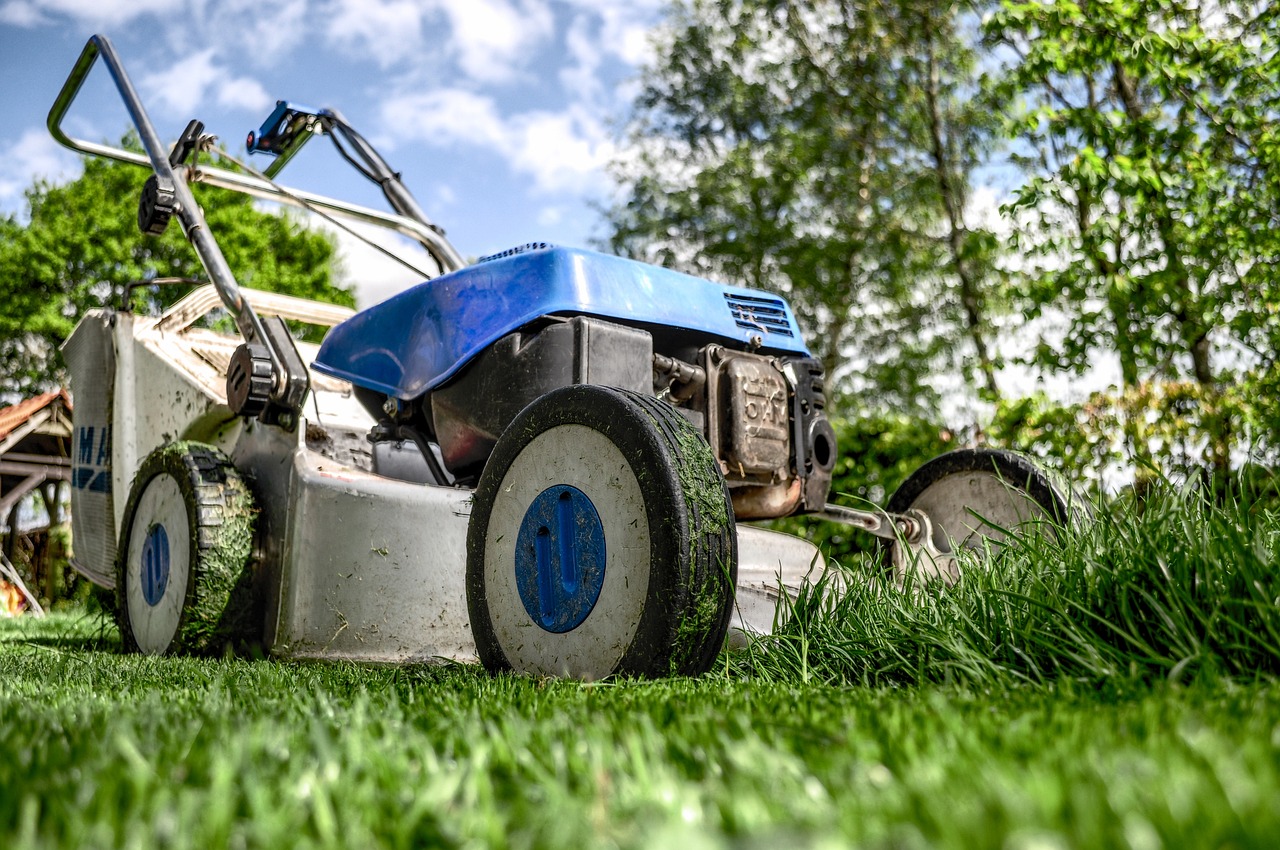As the leaves begin to change color and the air turns crisp, it’s time to turn your attention to fall garden maintenance. Properly preparing your garden for the colder months not only ensures its survival through winter but also sets the stage for a vibrant spring. Let’s explore 10 essential tips to keep your garden healthy and ready for the next growing season.
1. Clear Out Dying Plants and Debris
First and foremost, remove any spent annuals, diseased plants, and fallen leaves from your garden beds. This crucial step prevents pests and diseases from overwintering in your garden. Moreover, clearing debris allows sunlight to reach the soil, promoting better air circulation and reducing the risk of fungal growth.
However, don’t be too hasty in your cleanup. Some perennials and ornamental grasses can provide winter interest and shelter for beneficial insects. Therefore, consider leaving a few sturdy plants standing until early spring.
2. Amend and Protect Your Soil
Once you’ve cleared your garden, focus on improving your soil. Fall is an ideal time to add organic matter such as compost, well-rotted manure, or leaf mold. These amendments enrich the soil with nutrients and improve its structure, preparing it for spring planting.
Additionally, consider applying a layer of mulch to protect your soil from erosion and temperature fluctuations. Organic mulches like straw, bark chips, or shredded leaves not only insulate the soil but also break down over time, further enriching it.
3. Plant Spring-Flowering Bulbs
Autumn is the perfect season to plant spring-flowering bulbs. Tulips, daffodils, crocuses, and hyacinths are just a few options that will reward you with early color after the winter gloom. Plant these bulbs before the ground freezes, typically 6-8 weeks before the first hard frost.
Remember to choose a well-draining location and plant the bulbs at the correct depth – generally about three times as deep as the bulb’s height. For a natural look, plant bulbs in clusters rather than straight lines.
4. Divide and Transplant Perennials
Fall is an excellent time to divide and transplant many perennials. Plants like hostas, daylilies, and irises benefit from division every few years to prevent overcrowding and maintain vigor. Dividing in fall gives the plants time to establish new roots before winter dormancy.
When dividing, ensure each section has a healthy portion of roots and replant immediately. Water thoroughly after transplanting and mulch to protect the new plantings from frost heaving.
5. Prune Trees and Shrubs
Pruning is a critical fall maintenance task, although the timing depends on the specific plant. Generally, prune summer-flowering shrubs in early fall, but wait until late winter or early spring to prune spring-flowering shrubs.
For trees, remove any dead, diseased, or crossing branches. However, avoid heavy pruning in fall as it can stimulate new growth that may not harden off before winter. Always use clean, sharp tools to make clean cuts and reduce the risk of disease transmission.
6. Winterize Your Irrigation System
As temperatures drop, it’s crucial to protect your irrigation system from freezing. Drain all water from pipes, hoses, and sprinklers. If you have an in-ground system, you may need to blow out the lines with compressed air to prevent damage.
Furthermore, disconnect and store hoses indoors to prevent cracking. Insulate outdoor faucets and any exposed pipes to safeguard against freezing temperatures.
7. Prepare Your Lawn for Winter
Fall lawn care sets the stage for a lush spring lawn. Continue mowing as long as the grass is growing, gradually lowering the blade height for the last few cuts of the season. This helps prevent snow mold and allows more sunlight to reach the crown of the grass.
Additionally, fall is the ideal time for core aeration and overseeding. These practices improve soil drainage, reduce compaction, and fill in bare spots. Finally, apply a winterizer fertilizer to provide essential nutrients for strong root development during the cooler months.
8. Protect Sensitive Plants
Some plants in your garden may need extra protection to survive harsh winter conditions. Tender perennials, young shrubs, and marginally hardy plants can benefit from winter protection.
Use burlap wraps, foam rose cones, or other protective covers to shield plants from winter winds and heavy snow. Apply an extra layer of mulch around the base of these plants to insulate their roots. However, wait until after the ground freezes to apply this protective mulch to prevent rodents from nesting.
9. Clean and Store Garden Tools and Equipment
As the gardening season winds down, take time to clean and maintain your tools and equipment. Remove dirt from tools, sharpen blades, and oil wooden handles to prevent cracking. Drain fuel from power equipment or add a fuel stabilizer if you plan to store them with fuel.
Proper tool maintenance not only extends the life of your equipment but also prevents the spread of diseases in your garden. Clean storage also ensures your tools are ready for use when spring arrives.
10. Plan and Reflect for Next Season
Lastly, use the quieter fall months to reflect on your garden’s performance and plan for the next growing season. Take notes on what worked well and what didn’t, considering factors like plant placement, color combinations, and overall design.
This is also an excellent time to sketch out new garden beds, research new plant varieties, and order seeds for next year. By planning ahead, you’ll be well-prepared when spring arrives, ready to implement your garden vision.
In conclusion, fall garden maintenance is a crucial investment in your garden’s future. By following these ten comprehensive tips, you’ll not only protect your garden through the winter months but also set the stage for a vibrant and healthy spring garden. Remember, a little effort in autumn can yield bountiful rewards in the seasons to come.

